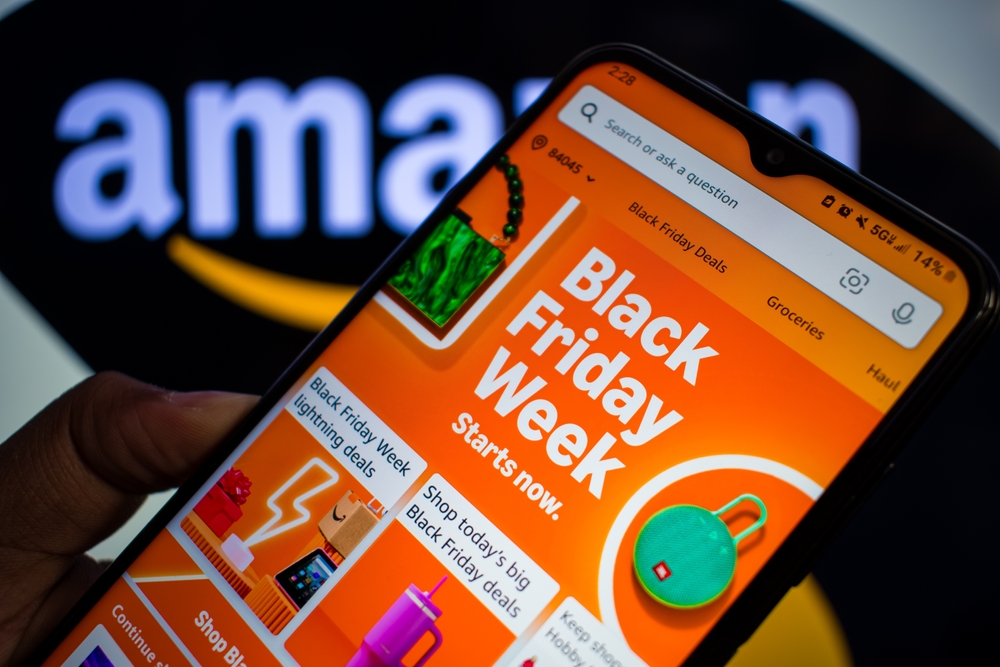Data-driven. This is no longer just a buzzword. It’s a requirement for any business strategy. Instead of pouring time and resources into unvetted ideas, companies are driving growth through informed decision-making.
The more data you can tap into, the better. But, in today’s mobile-centric world, app data should be a top priority. Whether you’re a mobile-first veteran or a newcomer to the space, mobile app intelligence can provide you with actionable insights into your market(s) of interest.
To help you get started, we’ve outlined the five steps you should follow to effectively implement a competitive mobile intelligence strategy.
1. Define your goals
Would you jump on a train without knowing it’s destination? Unless you’re embracing a nomadic lifestyle, I’m going to assume the answer is ‘No.’ Preparedness will guarantee an easier journey and better arrival experience.
The same thinking applies when adopting new business initiatives. If you’re not sure what you’re trying to achieve, then you won’t be able to maximize the intel or yield optimal results. When defining your goals, it helps to ask questions like:
– What does our current strategy lack?
– What challenges are we running into most often?
– What are my team’s short-term and long-term priorities?
The key here is to be specific. Sure, you want to drive revenue. But do you want to drive revenue growth through lead generation or product upgrades? Both? Having a clear understanding of your vision will be imperative during the data-heavy phases of your mobile intelligence process.
2. Identify your competition
Ok, how about this one: would you get into a boxing ring without knowing who you’re fighting? Hats off to you if you said ‘Yes.’ But there’s a good possibility you’ll get creamed. Good fighters know their opponent months ahead, study their techniques and develop a plan of attack.
Before you and your team begin gathering data, consider the following:
– Who are our competitors?
– Who are our indirect competitors?
– Who would we like our competitors to be?
Indirect and aspirational competitors are just as important as true competitors. Being aware of all of them will ensure that you eliminate blindspots and continue to elevate your benchmarking standards.
Most businesses – yours included, I’m sure – have a good handle on this second step already. However, we’re dealing with mobile app intelligence here, so you’ll need to think about your competitors in the context of mobile. Do your competitors have an app? Are your competitors investing in particular mobile tools? This is your opportunity to think beyond the traditional business framework.
3. Gather mobile app intel
Now that you’ve established your objectives and competitors, it’s time to get into the data. Remember, there’s over seven million apps out there, so there’s a ton of data to digest. Plus, the mobile landscape is constantly shifting. Changes in app engagement and popularity can happen overnight. This means consistency and organization will be essential to your success.
First, you’ll want to choose one convenient place to store the data. Having the data in one place allows you to paint a more complete picture of the mobile app landscape. As long as your team is aligned, it’s up to you whether you select one dedicated researcher or split the responsibility amongst yourselves.
Now, the obvious question: where do you go to gather mobile intel? Truthfully, there’s not enough transparency into the mobile economy. Most app publishers, brands, and SDKs do not publicly share their data. However, you can access a lot of information right on the iOS and Google Play app stores.
On an app’s profile, you can see its rank, approximate number of installs, reviews and the date it was last updated. If you pulled this information everyday, for all of the apps of interest to you, you could piece together a fairly comprehensive knowledge base. The problem is that pulling this data manually is incredibly time-consuming and tedious. And the scope of data is limited.
This is why many companies these days choose to work with mobile app intelligence providers. Mobile intelligence providers offer continuously updated app data, performance estimates, and tools which allow you to easily parse the information. If that’s not an option for you, know that any mobile intel is better than no mobile intel; mobile app data is a powerful indicator of real company performance.
Once you’ve determined your method, begin building specific markets and competitor profiles. If you pre-build these, you’ll save yourself some headaches in the analysis stage.
4. Analyze
The fun part: the analysis. If you have a dedicated analyst or competitive intelligence manager, this is their time to shine. Otherwise, there are plenty of data management and business intelligence tools that can do some of the heavy lifting for you.
Depending on your goals, certain KPIs may be more interesting to you than others. Hone in on those. But feel free to reference these definitions if you’re unsure of the significance of other data points. To better understand the data, you may also want to consider a data visualization tool. I find that graphs are far easier on the eyes than spreadsheets.
– Are you noticing any trends?
– Any outliers or unusual behavior?
– What does your data look like compared to your competitors’?
That last question is vital to your competitor analysis. There are a few different ways you can create a competitor analysis. We’ll be sharing our recommended methodology on our blog shortly.
In the meantime, keep in mind that data can look very different depending on the date range you select and the level of granularity at which you’re viewing it. These specifications may change project to project to fit your needs. As I mentioned previously, the mobile app landscape is constantly evolving, so conducting an ongoing analysis will be key to maintaining a competitive edge.
5. Distribute & Apply
That boxing ring I mentioned earlier? Yeah, it’s time to jump in.
Sales, Marketing, Product and Finance teams can all weaponize mobile app intelligence. This means that it’s imperative that you find a way to efficiently share findings with the appropriate stakeholders. [Coming soon: a detailed breakdown of the ways each team can utilize mobile intelligence.]
When you’re first getting started, consider setting aside the same time every week to dig through and distribute your data. Or, if you’re working with a mobile intelligence provider, set alerts and share reports in just a few clicks. Either way, data is only actionable if it’s in the right hands.
I hate to pull the “all the cool kids are doing it” line, but if you’re not prioritizing your competitive mobile intelligence strategy, you risk being left behind.
See how others are using mobile app insights. Subscribe to our weekly newsletter.





